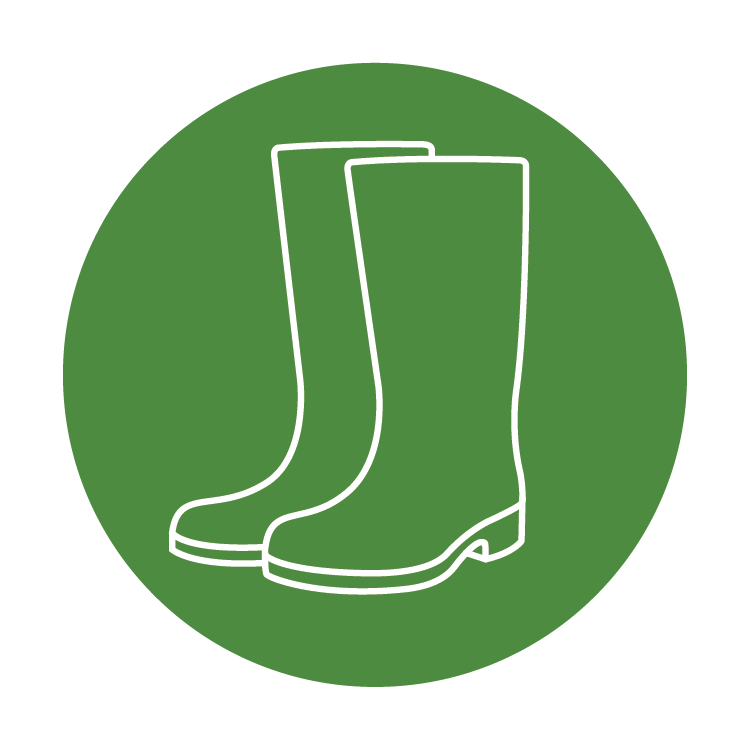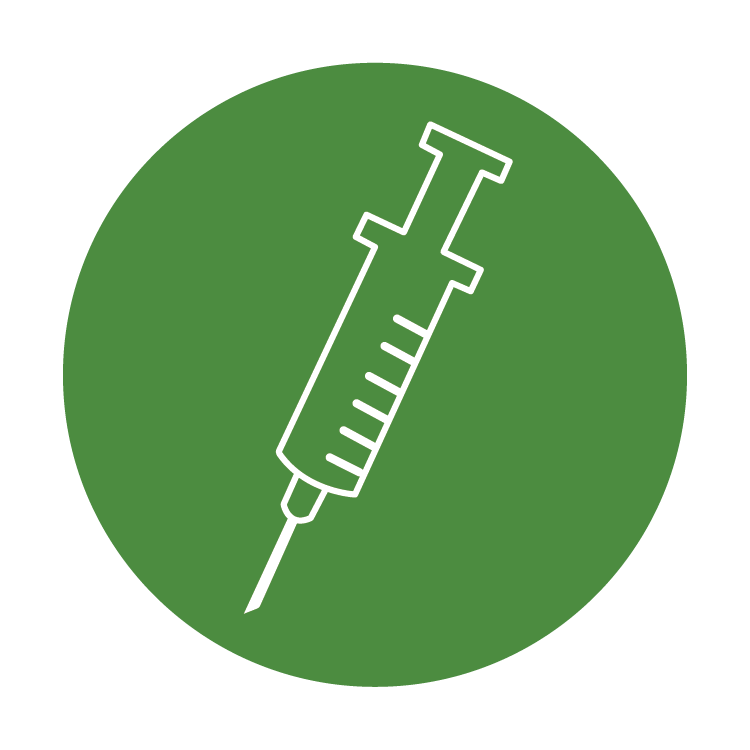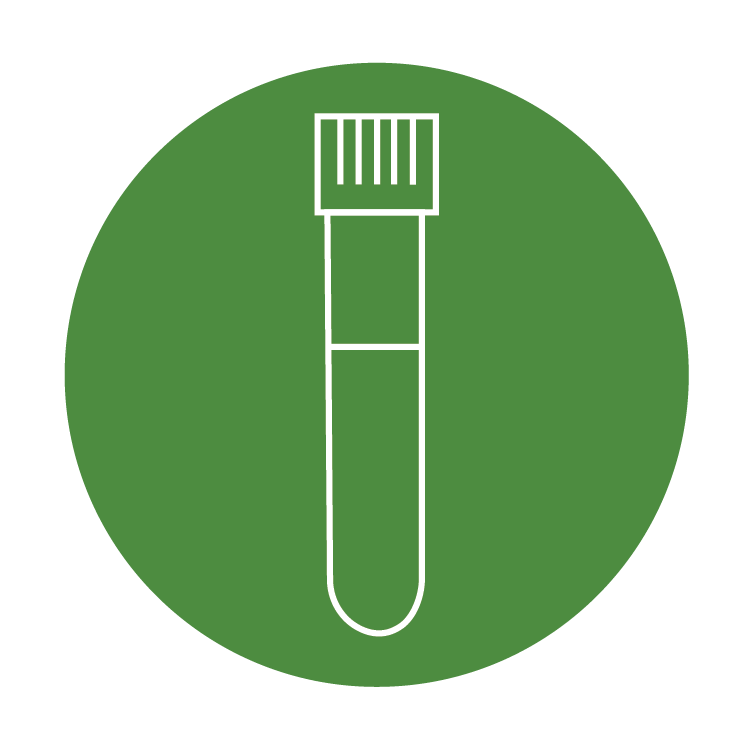SPS Guidance for Veterinarians
Veterinarians can help prepare for a foot and mouth disease (FMD), classical swine fever (CSF), or African swine fever (ASF) outbreak by using the resources in the SPS Plan to:
- Assist the Biosecurity Manager(s) on pork production sites write a site-specific biosecurity plan.
- Train producers and designated swine health monitors on the production site to recognize abnormal production parameters or clinical signs suggestive of FMD, CSF, and ASF.
Veterinarians can help during an FMD, CSF, or ASF outbreak by:
- Inspecting animals for evidence of FMD, CSF, or ASF virus infection.
- Collecting or overseeing the collection of diagnostic samples.
- Oversee the usage of FMD or CSF vaccination in animals, if used.
- Reminding others that FMD, CSF, and ASF are not public health or food safety concerns. Meat is safe to eat.

Biosecurity
Help producers write site-specific, enhanced biosecurity plans.

Vaccination
Watch this 8 minute FMD vaccination video.
More info on the Regulatory Officials Vaccination page.

Disease Monitoring
Train producers to monitor disease and collect samples.
Review the FAD surveillance options.

Disease Information
Many resources are available under the Regulatory Officials Disease Information page.
Certificates of Veterinary Inspection
During an FMD, CSF, or ASF outbreak, Regulatory Officials will issue movement permits for animals and animal products (semen) moving into, within, and from a Control Area. All interstate movement requirements for animals must be met as they are during “peace time”.
For premises outside a Control Area seeking to move animals, the receiving state may require a movement permit issued by the Regulatory Officials or a Certificate of Veterinary Inspection (CVI) issued and signed by an accredited veterinarian. Discussions are ongoing as to which method of tracking animal movement will be used in an outbreak once livestock movement is restarted.
When CVIs are used during an outbreak, the stakes are high that interstate movement criteria are met. The criteria are described on the Regulatory Officials’ movement permits section.
At all times, accredited veterinarians are obligated to follow the Code of Federal Regulations, Title 9, Section 161.4, meeting all the standards for accredited veterinarian duties, specifically (f), (g), and (h) as it relates to reporting suspect cases, taking measures of sanitation to prevent spread of disease, and staying informed on regulations governing the movement of animals.
